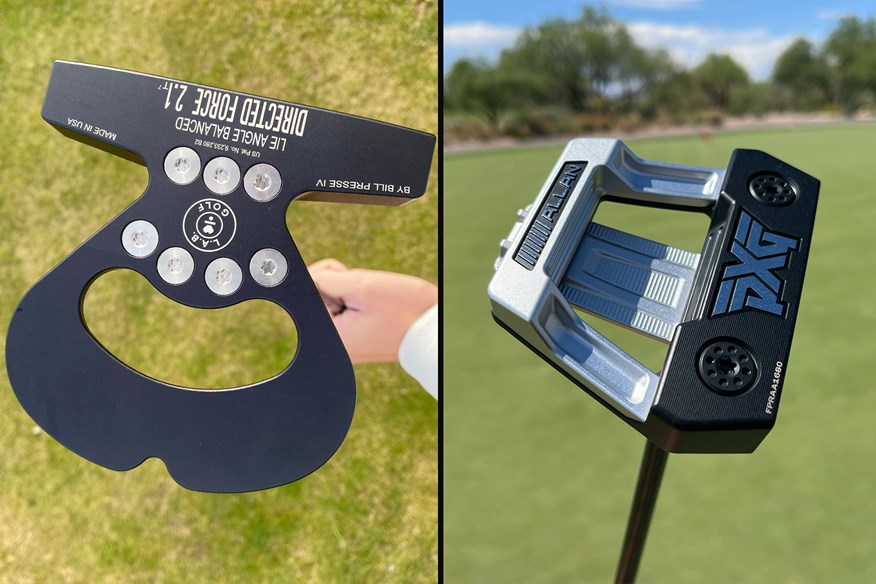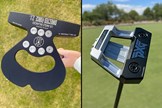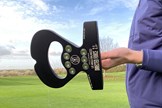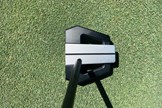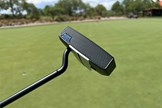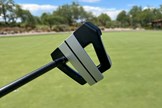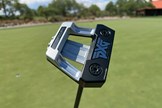Battle of the Zero-Torque Putters: L.A.B. Golf DF 2.1 Putter Vs. PXG Allan Putter
Last updated:
A head-to-head battle between two of the most stable and forgiving putters on the market. Will the L.A.B. Golf DF 2.1 or PXG Allan Putter come out on top?
Game-changing zero-torque putters are absolutely taking the world by storm at the moment. It’s very difficult to have a conversation about the best golf putters without discussing a model that’s been specifically designed so that it doesn’t rotate throughout your putting stroke.
The L.A.B. Golf DF 2.1 and the PXG Allan are two of the best zero-torque putters. Both rival the best mallet putters and the best high MOI putters because of their outstanding forgiveness and stability. L.A.B. Golf putters have massively increased in popularity on Tour and in the amateur game over the last 12-18 months, but they’re no longer the only brand manufacturing zero-torque putters. PXG have joined the party!
At this point, it’s worth defining a zero-torque putter. A zero-torque putter is designed to eliminate rotation throughout your putting stroke by completely removing torque. You’ll know when you have a zero-torque putter in your hands because it will hang toe-up, as seen in the image below.
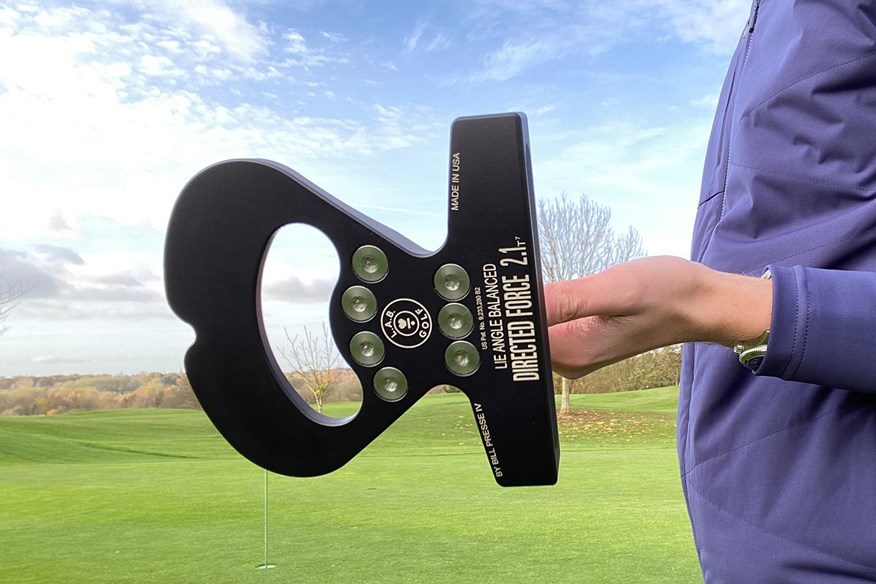
If a putter doesn’t have zero-torque, like most mallet putters and blade putters, they’ll either be face-balanced or have some toe-hang. In putters, torque is generated based on how much the putter head rotates around the axis of the shaft depending on certain factors like the head weight, balance, the hosel mechanism, and where the center of mass is located.
Although the name of the technology within the DF 2.1 and the Allan might be different, both putters are torque-free. The DF 2.1 features Lie Angle Balance Technology (hence the name L.A.B. Golf) whereas the Allan sports – quite simply – Zero Torque Balance Technology. The idea behind both technologies is to ensure that the putter face remains square to the arc throughout the stroke and avoid any twisting.
With all that being said, let’s get into what you really came here to find out… Which one is better? I had the pleasure of being custom-fitted for my L.A.B. Golf DF 2.1 putter at Scottsdale Golf’s Centre of Excellence and my colleague Will Shreeve-Peacock was custom-fitted for his PXG Allan putter at PXG Headquarters in Scottsdale Arizona.
The Putters
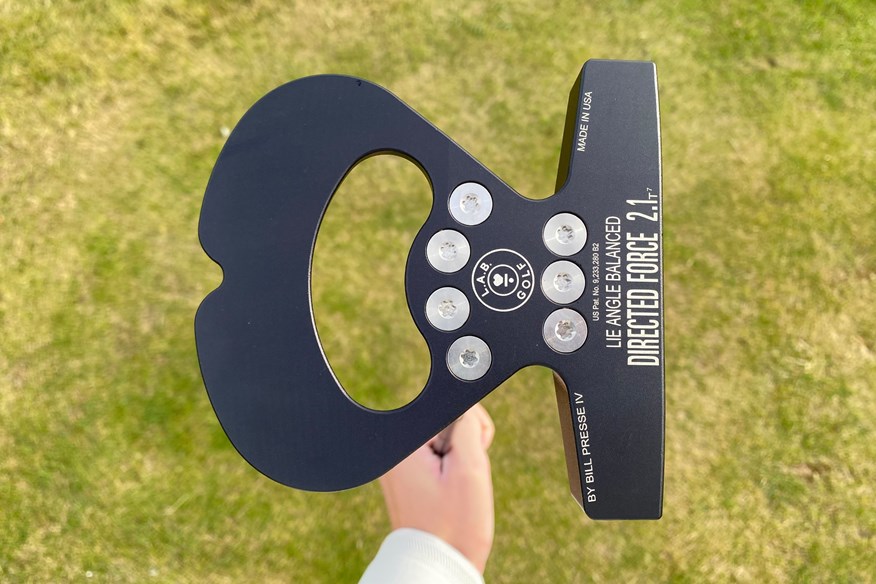

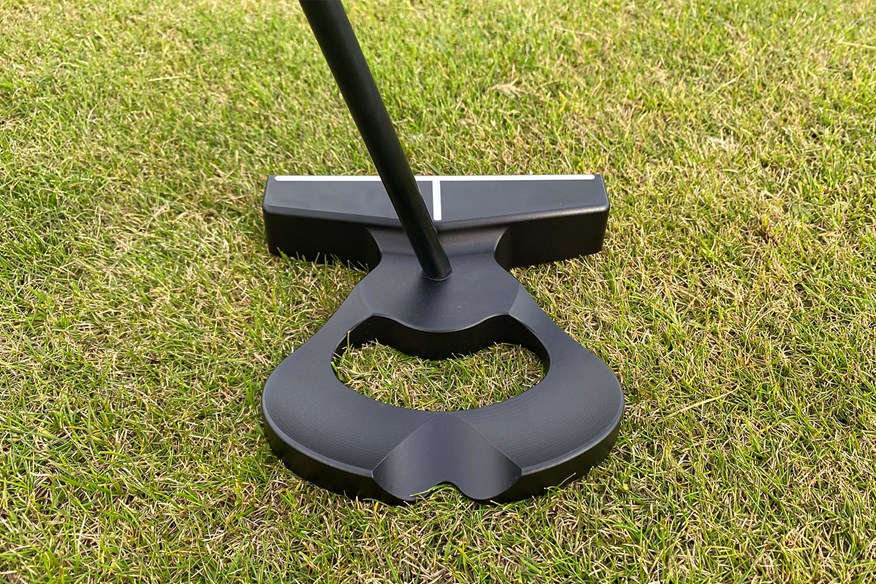
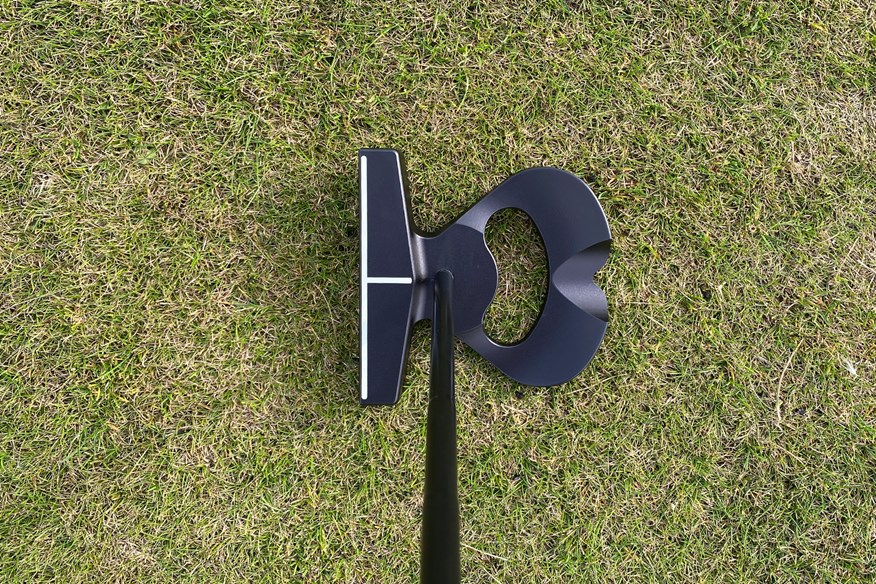
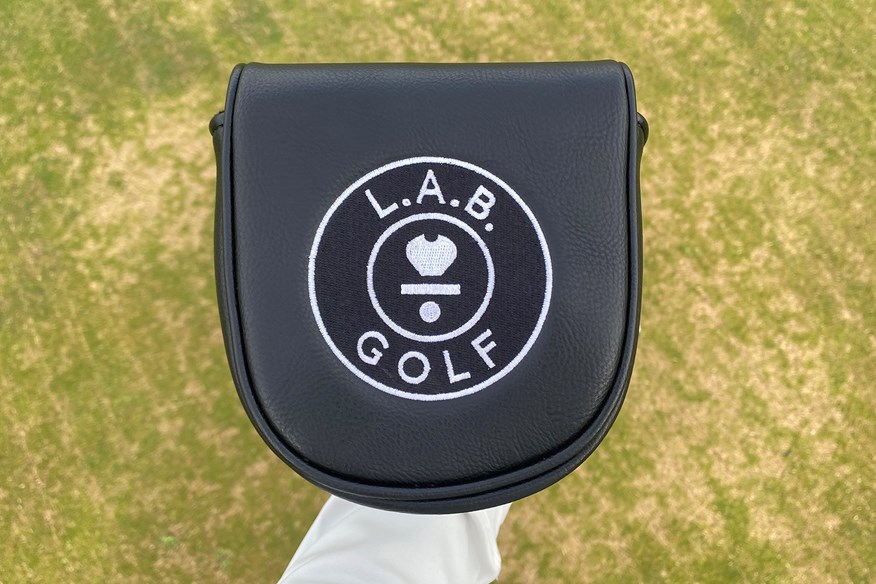
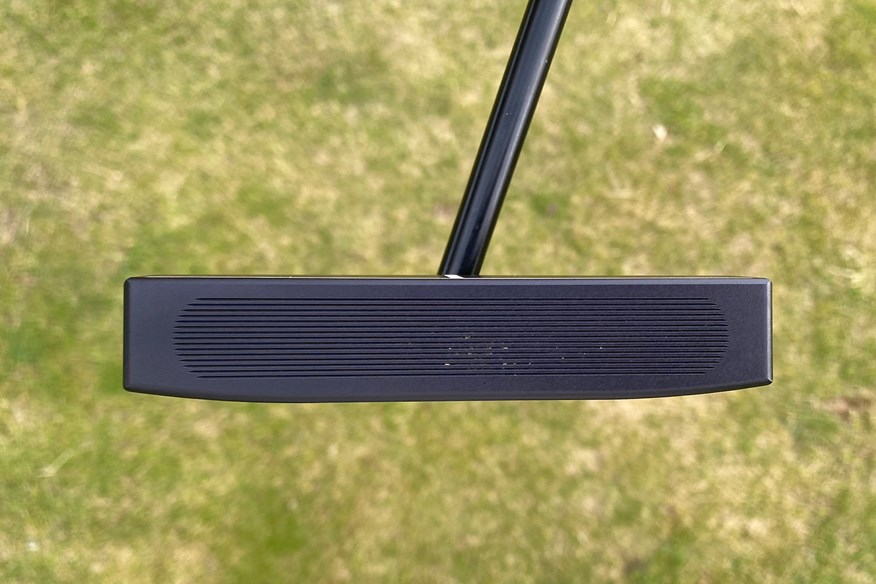
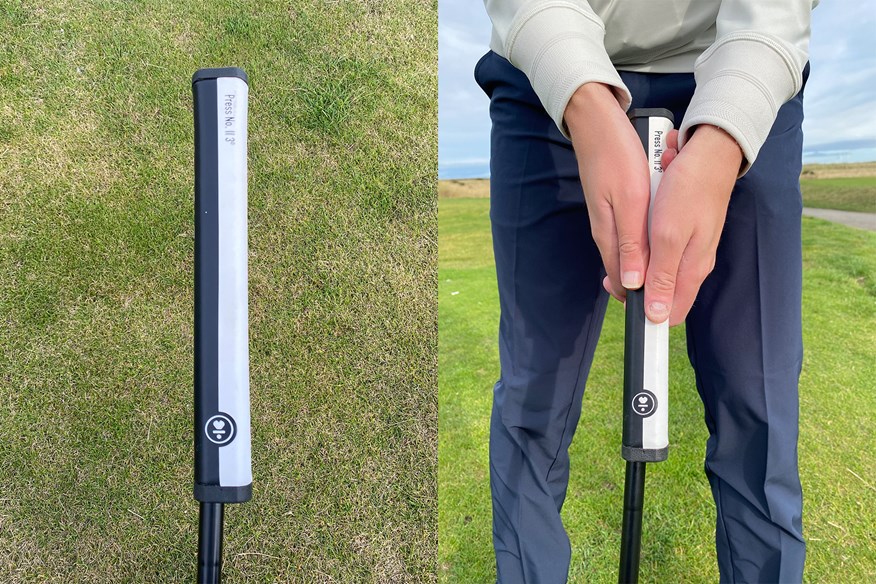
Pros
- Extremely stable
- Highly forgiving
- Positive roll instantly off the putter face
- Very easy to square at address
Cons
- It's definitely a choice shape and size
| Loft | 3.5° static loft (0.5° effective loft) |
| Lie Angle | 63° - 79.5° |
| Length | 28" - 38" (Standard) | 38" - 46" inches" (ArmLock) | 40" - 50 (Broomstick) |
| Shaft Options | Matte Black Premium Steel | ACCRA x L.A.B. Golf | L.A.B. Golf x TPT |
| Color Options | Eight |
| Grip Options | Seven |
- 100% CNC milled from 6061 aircraft aluminum
- Type-3 Anodized Finish
- 38 possible alignment markings
Looks, Sound, and Feedback – 7/10
I’m under absolutely no illusion that for most people this is a hideous-looking putter. I’ve been around Cleveland Golf Club asking members for their opinions and, let’s just say, they haven’t been overly positive. I’m not going to say I love the design, but it has definitely grown on me. Yes, it might not have the most shelf appeal, but that doesn’t help get the ball in the hole!
When I first picked this putter up, I was expecting quite a low thud, but instead, it sounds high and almost tinny – definitely not what I was expecting. I don’t mind the sound, but it certainly isn’t this putter’s selling point.
One thing you can’t criticize with the DF 2.1 is its feedback. With every stroke, you know how you’ve hit it and every single golf ball feels soft off the face. Some golf balls spring off the face more than others, but this is partly because of the positive roll.

Distance Control and Roll – 9/10
I would say that one of my biggest issues when it came to putting before getting my DF 2.1 was distance control. I had a torrid time getting the ball to the hole. However, because of the positive roll the ball isn’t skidding on the putting surface and I’m able to get the ball to the hole every time I make a good stroke.
Gaging distance is incredibly easy with the DF 2.1 because of how well the ball rolls instantly off the face every time. I play links golf, so I putt from off the green, and since I’ve had my L.A.B. Golf putter, putting from off the green has become so much easier.
The positive roll comes from the fact that I create forward spin with the DF 2.1. Whereas, with my previous putter I was generating backspin. Thanks to the ball wanting to travel forward with every rotation it helps me get the ball to the hole and this results in much better distance control.

Forgiveness and Stability – 10/10
One of the biggest selling points for me with the DF 2.1 is just how forgiving and stable this putter is. I honestly don’t think I’ve ever missed a putt and blamed the putter while I’ve had it in the bag. Much of the stability comes from the Lie Angle Balance Technology and it being torque-free because the putter face doesn’t twist throughout my stroke.
Being the largest putter head offered by L.A.B. Golf it’s hardly surprising to learn that this is the most forgiving putter in their range. With the DF 2.1, you’re guaranteed consistency on off-center hits, which we all have from time to time. If you don’t care about how your putter looks and you want an extremely forgiving model then the L.A.B. Golf DF 2.1 is the putter for you.

Technology and Components – 10/10
Every single piece of technology and all of the components that go into building a L.A.B. Golf DF 2.1 putter are carefully considered in order to create the best putter for the individual. My DF 2.1 is the T7, which means that I have seven individual weights in the putter head which makes it heavier and it lessens my chance of leaving a putt short.
Lie Angle Balance Technology and zero-torque aren’t necessarily new, but they hadn’t been done in this way before L.A.B. Golf started bringing putters to market – why do you think so many Tour Pros have them in their bags? The technology is great.
With steel and graphite shafts to choose from, multiple head colors, and multiple grips you can customize your L.A.B. Golf putter however which way you choose. Do you get these options with every putter? No. The best part is, every single component is of premium quality.
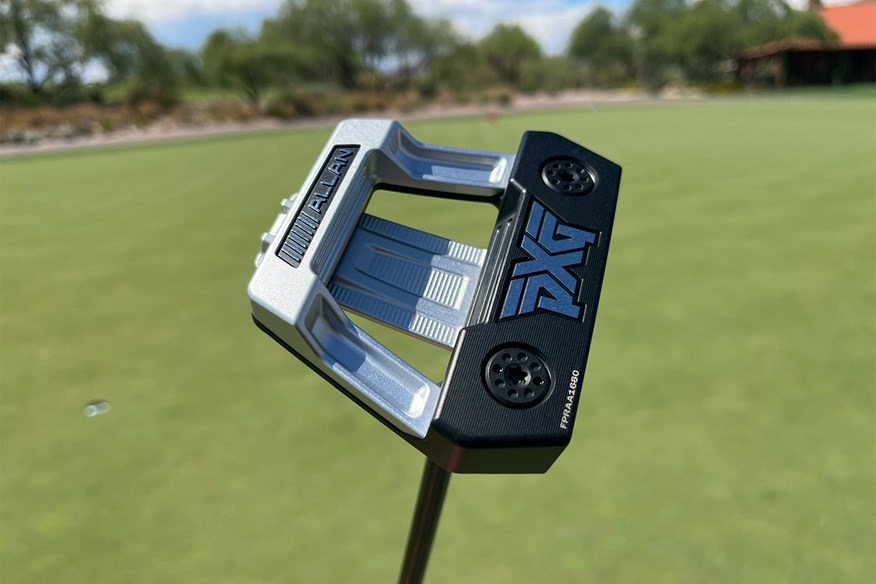

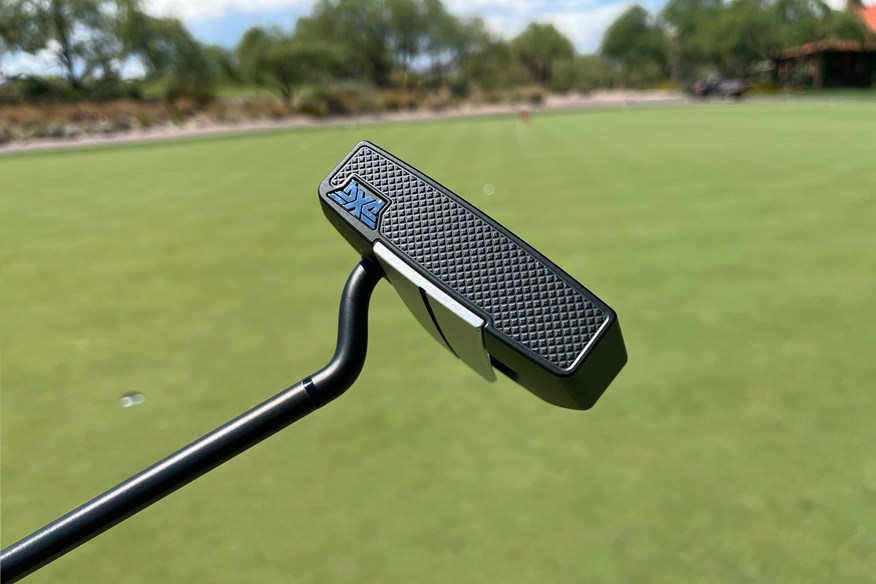
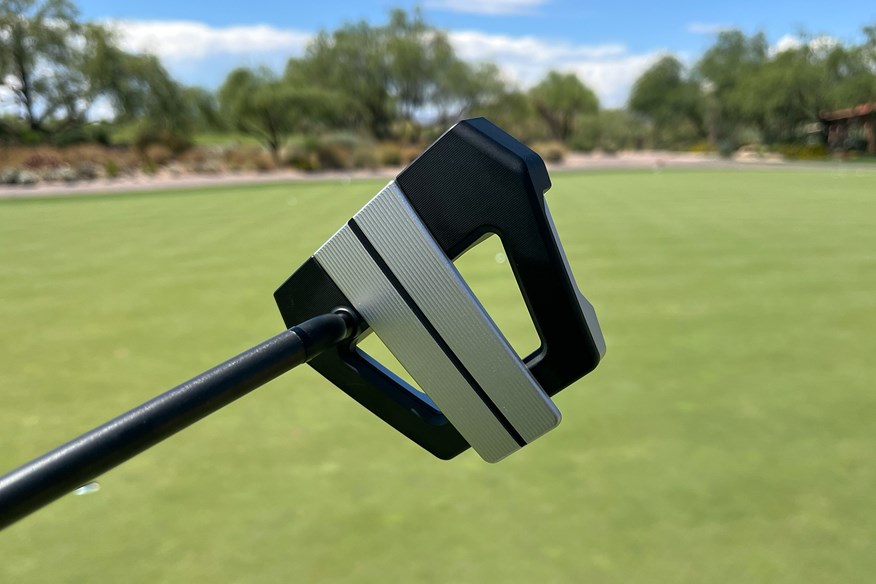
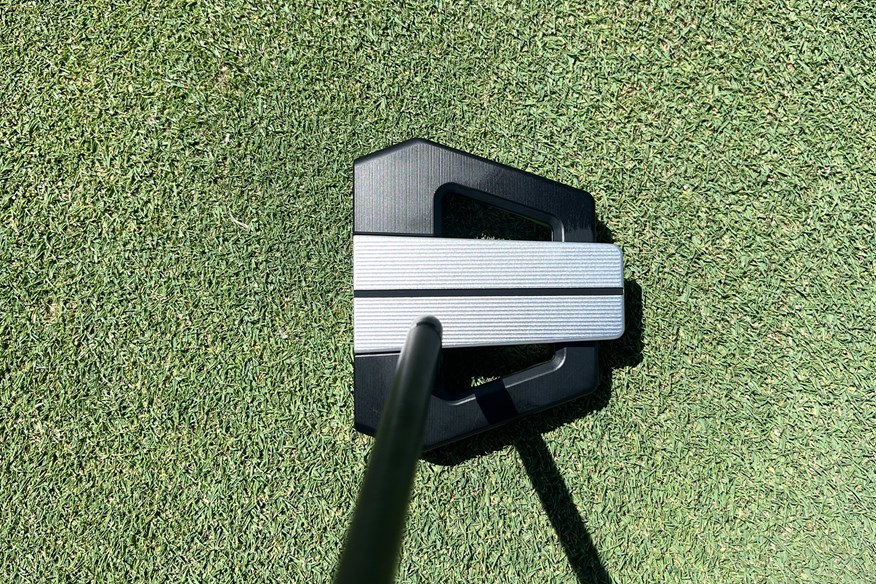
Pros
- Amazing feel off the entirety of the putter face
- Extremely forgiving and stable
- Very positive roll
- Super easy to align
- Astonishingly lightweight and balanced
Cons
- The design isn't going to be everyone's taste
- More shaft options would be appreciated
| Loft | 3° - 5° |
| Lie Angle | 68° - 72° |
| Length | 33" - 38" |
| Shaft Options | Chrome Steel | PXG M16 |
| Color Options | One |
| Grip Options | Thirteen |
- S-Hosel
- 303 SS Hollow body construction
- Lightweight S-COR polymer
- Ultra-thin refined pyramid face pattern
- Precision weighting technology
Looks, Sound, and Feedback – 8/10
If you’re a purist the shape of the Allan might be off-putting. But for many, including myself, the look of the club will grow on you after a few rounds of holing more putts than usual.
If I’m being honest, out on the course I’ve had plenty of mixed reviews. Some golfers have questioned my sanity and they don’t know how I can use such a club whereas others have been full of praise. I’ve had plenty of positive views for the PXG Allan from the way it looks to how it feels and once you see the ball start going in the hole more frequently that’s enough to win anybody over.
When I first hit the putter I didn’t really know what to expect. Having never hit a zero-torque putter I was stepping into a new world and it’s now one I don’t want to come back from. Most putters with a milled face produce a firm and solid feel at impact but because the Allan has a hollow body, injected with PXG’s S COR technology, the sound and feel are exceptional. The polymer behind the face cancels out pretty much all of the vibrations and unwanted sound at impact.
Although this is a strength of the Allan I think it’s also one of its biggest flaws. If you were to have a quick session on the putting green then you may not notice it but having played over ten rounds with the putter, I have. It feels strange to say but because the putter feels so good across the face sometimes I don’t really know how I’ve hit it.
Whether it’s out of the toe, the heel, or the middle there’s no real difference in performance. This is a good thing because no matter what stroke you put on it, nine times out of ten the result is the same, but for me, having used a blade my whole life, I’d like to know when I’ve hit one bad and one good a little more frequently.

Distance Control and Roll – 9/10
Having always been a golfer who has preferred a blade for most of my life on the course, putting the perfect stroke on it time after time was of paramount importance. I’ve always been good at gauging the distance on the shorter putts. This doesn’t mean I’ve always been great at getting the ball in the hole but often been good at getting the ball to the hole.
For me, the biggest change has come on the longer putts – from 20 feet and over. With a traditional blade, which I’ve been used to, each round would bring a different result. On the day if I was putting a poor stroke on it, the putts would vary massively from green to green.
Since I’ve put the Allan in my bag this hasn’t been the case. I’ve found as long as you get your line right the ball goes exactly where you need it to. Within six feet from the hole I can hardly miss, and from over 20 feet, where all I’d be thinking about is pace, that’s no longer on my mind.
I wouldn’t say I’ve holed more putts from this range, but thanks to the positive roll, I putt more consistently and I’ve been two-putting much more frequently. Yes, I still three-putt! Unfortunately, that will never change whichever putter I use.

Forgiveness and Stability – 10/10
It won’t be long until you see every manufacturer in golf chance their hand at a zero-torque putter – if they haven’t already. Both the L.A.B. Golf range and the Allan excel in this department. I never knew how much of a difference a CG-balanced putter can make. Having gamed some of the most forgiving putters on the market, none have had as positive an influence on my putting as the Allan.
I used to blame missed putts on my club after hitting it out of the toe and pulling the shot, but now the only thing I can pin the blame on is myself. If you get your line right you’re chances of finding the bottom of the cup will inevitably increase.
The zero-torque design of the Allan keeps the face square to the path throughout the stroke. With the CG situated just below the shaft axis, providing you don’t rotate your hands during your putter stroke the club face won’t twist.
As I’ve already mentioned, wherever you make contact on the putter face there’s hardly any difference in performance and feel. Gone are the days when I’d catch one wrong and see the ball trickle offline with no conviction. No matter how I strike the Allan, the result is the same putt after putt. There’s guaranteed consistency on every off-centered hit.

Technology and Components – 9/10
PXG are well-known for pushing the boundaries with every club they manufacture, and the Allan is no exception. This putter can offer performance in a way that other clubs can’t.
The Allan is lightweight hanks to the S COR polymer behind the face accounting for 37% of the volume of the putter. PXG have be able to reposition mass to the extreme perimeter of the putter to boost MOI as high as possible for the size of the putter.
Unlike L.A.B. Golf, PXG have gone with an S-Hosel design that sits above the head. It has 5° of measured loft but plays like a standard 3° loft with the integrated 2° forward press. You’ll notice as soon as you pick the putter up, it puts your hands into a natural position relative to the face. The S-Hosel also helps to keep the sight line on the top of the putter visible, which I’ve noticed really helps when lining up at address.
When getting fit for your Allan, you can play around with the adjustable weights in the club to make it heavier or lighter, depending on your needs. The PXG Allan certainly doesn’t have the presence on tour that L.A.B. Golf does, and that may be down to a lack of customization options because factoring in performance and technology there’s very little to split the two.
